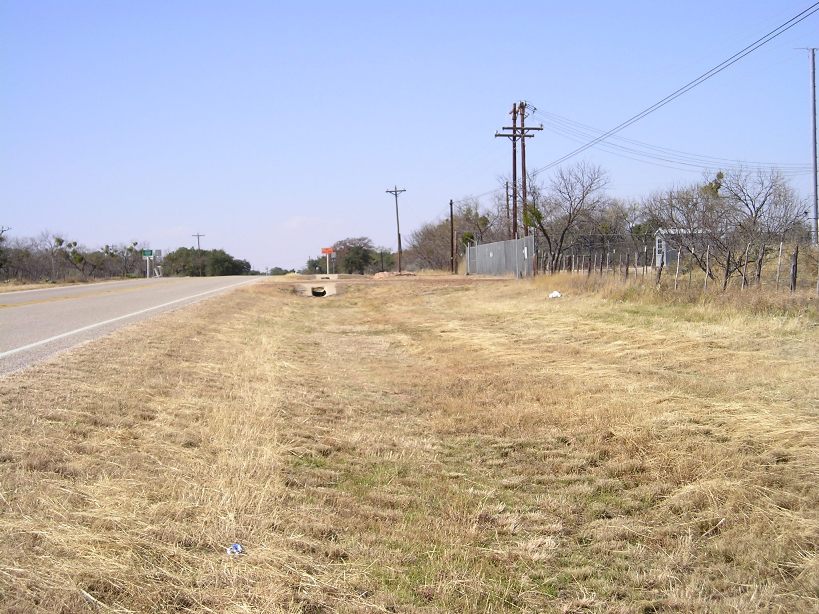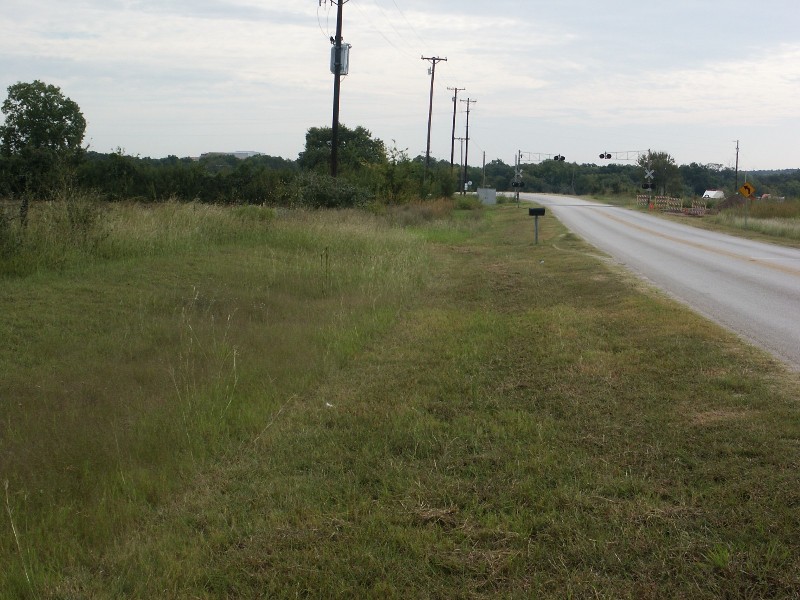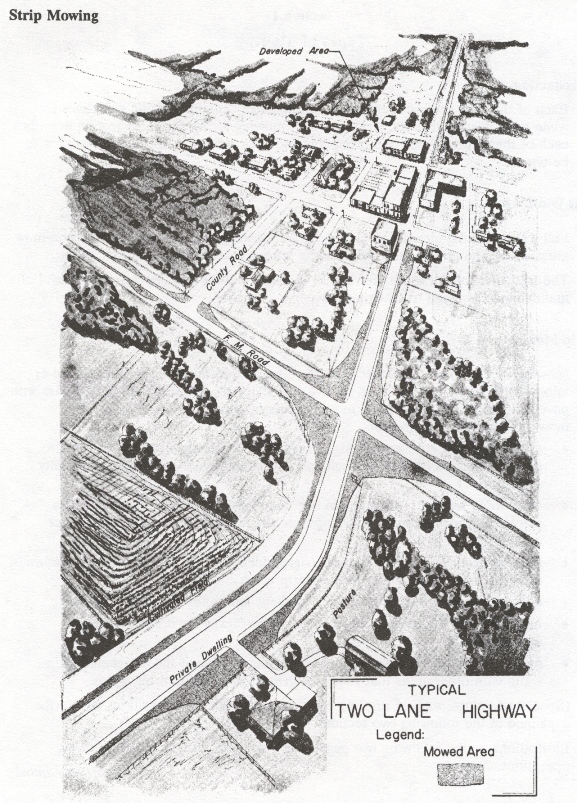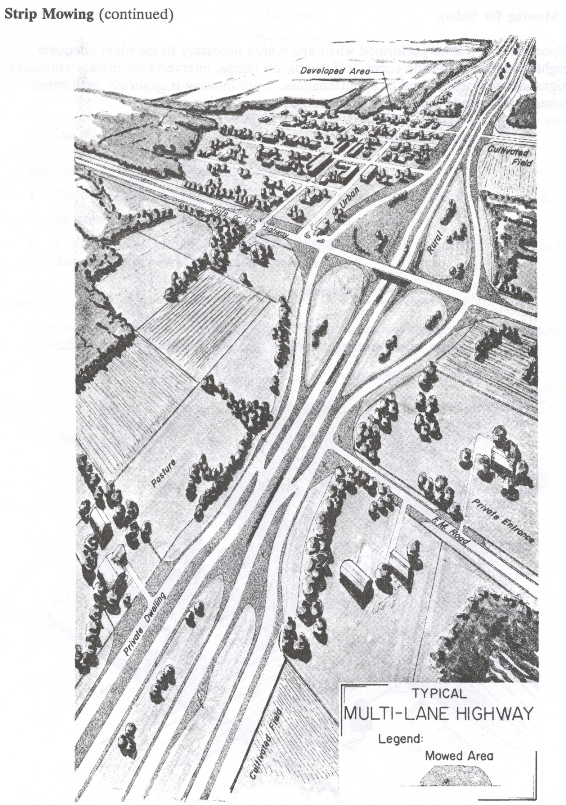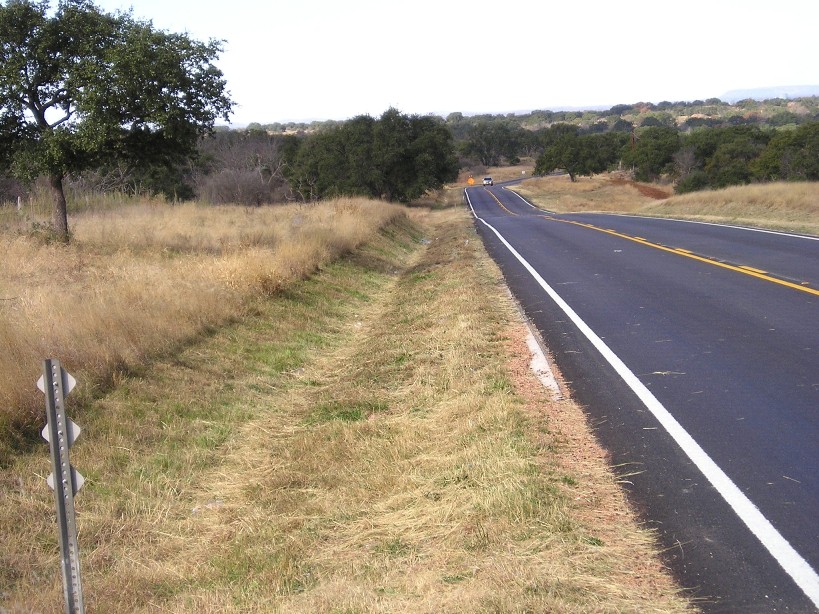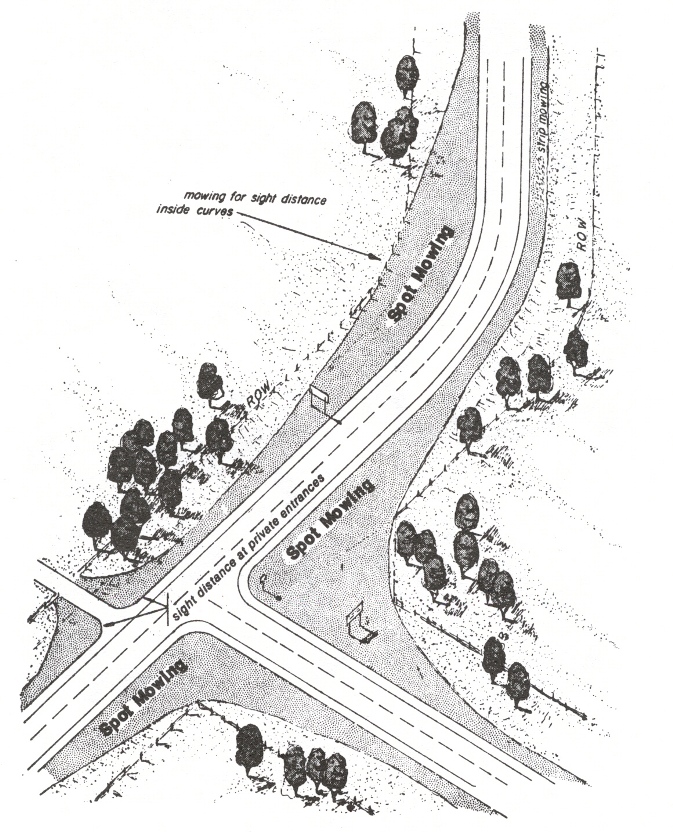Chapter 2: Mowing Standards
Anchor: #CHDEGDBCSection 1: Types of Mowing
Anchor: #i1002479Overview
Each of the two levels (Developed Urban or Rural) as described in Chapter 1 contains specific guidelines for when to perform modified full-width, strip and spot mowing for safety. This section describes each of these three types of mowing and provides standards for how the work is to be done.
Anchor: #i1002489Modified Full-Width Mowing
Modified full-width mowing includes all unpaved right of way, except for delineated non-mow or natural areas. To promote cost savings, on rural roadways with very wide rights-of-way or medians, mowing shall be limited to a maximum of 30 foot width. Generally, non-mow or natural areas would begin at the toe of the slope in fill areas or the back of the ditch for cut sections, as long as clear zone requirements are met.
The frequency of modified full-width mowing for a given roadway will depend on the level of vegetation management assigned to that segment of roadway as described in Chapter 1 of this manual.
Anchor: #i1025968Exceptions to the 30 Foot Modified Full-Width Mowing Policy
The District Engineer may consider exceptions to the policy based on the following criteria:
- Anchor: #KXILIMUW
- Distance to right-of-way Anchor: #OXWBAQYP
- Brush control Anchor: #MHNWOFSY
- Adjacent land use Anchor: #TMBNBWHW
- Wildlife incident history/potential Anchor: #HWXIAPRN
- Wildlife history/potential Anchor: #RPVSHVBM
- Drainage issues Anchor: #DTJJFCFT
- Other factors.
Figure 2-1. Modified Full-Width Mowing in Llano County.
Anchor: #i1002518Strip Mowing
Mowing the area 14 to 15 feet from the edge of the shoulder (whether paved or unpaved) is called strip mowing. In addition to the strip along the shoulder, all strip mowing operations will include:
- Anchor: #DRIMYPJA
- mowing from the pavement edge or shoulder to the right-of-way line to developed areas (cemeteries, schools, churches, private dwellings, community centers, etc.) Anchor: #JCFJFAGY
- all mowing necessary to maintain adequate sight distances for intersections, private entrances, curves, off-ramps, on-ramps, signs, delineators and other appurtenances Anchor: #XOKABPLI
- mowing around all appurtenances (signs, delineators, guardrail, culvert headwalls, etc.) that are within the designated strip width Anchor: #TOEYVRPB
- mowing the entire width of narrow medians of 15 feet or less and outer separations Anchor: #YTXAHGKI
- mowing full-width, a maximum of 30 foot width, from right of way to right of way for drainage where appropriate Anchor: #VQCQIUHA
- mowing a smooth and gradual transition that will blend the designated strip width with other areas that require a greater or lesser mowing width.
(Special situations, such as rural medians, intersections and transitions, are further explained in the following two sections.)
Figures 2-2 to 2-6 show examples of typical strip mowing operations.
Figure 2-2. Strip Mowing in Austin District.
Figure 2-3. Strip Mowing.
Figure 2-4. Strip Mowing.
Figure 2-5. Strip Mowing in Llano County.
Figure 2-6. Strip mowing in Llano County.
Anchor: #i1002617Spot Mowing for Safety
Spot mowing will be performed when and where necessary to maintain adequate sight distances for inside curves, off-ramps, on-ramps, intersections, private entrances, signs, delineators, and other appurtenances. Spot mowing is generally performed when safety needs arise between scheduled strip mowing cycles.
Figure 2-7. Spot Mowing.
